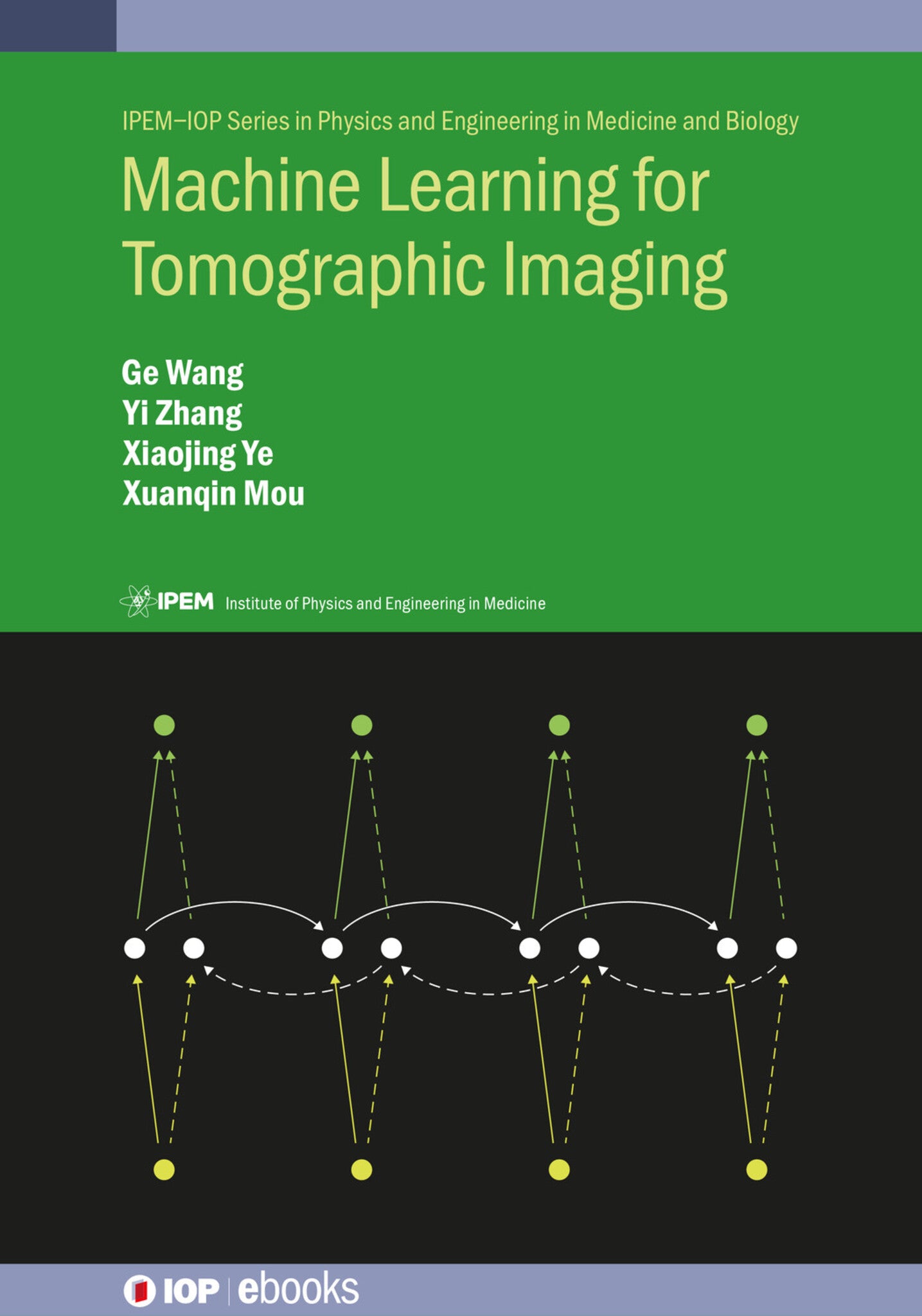We're sorry. An error has occurred
Please cancel or retry.
Machine Learning for Tomographic Imaging

Some error occured while loading the Quick View. Please close the Quick View and try reloading the page.
Couldn't load pickup availability
- Format:
-
30 December 2019

The area of machine learning, especially deep learning, has exploded in recent years, producing advances in everything from speech recognition and gaming to drug discovery. Tomographic imaging is another major area that is being transformed by machine learning, and its potential to revolutionise medical imaging is significant.
Written by active researchers in the field, Machine Learning for Tomographic Imaging presents a unified overview of deep-learning-based tomographic imaging. Key concepts, including classic reconstruction ideas and human vision inspired insights, are introduced as a foundation for a thorough examination of artificial neural networks and deep tomographic reconstruction. X-ray CT and MRI reconstruction methods are covered in detail, and other medical imaging applications are discussed.
An engaging and accessible style makes this book an ideal introduction for those in applied disciplines, as well as those in more theoretical fields who wish to learn about application contexts. Hands-on projects are also suggested, and links to open source software, working datasets, and network models are included.

TECHNOLOGY & ENGINEERING / Imaging Systems, Medical imaging

Machine Learning for Tomographic Imaging, presents a detailed overview of the emerging discipline of deep-learning-based tomographic imaging.
The book begins with an introduction to imaging principles, tomographic reconstruction and artificial neural networks. Parts two and three provide in-depth tutorials on CT and MR image reconstruction and describe a range of recent machine learning techniques. The final part of the book covers other imaging modalities, including PET, SPECT, ultrasound and optical imaging, as well as taking a look at image quality evaluation and quantum computing. The text also includes appendices describing relevant numerical methods and suggesting hands-on projects, with sample codes and working datasets.
Tami Freeman 2020 Physics World IOP Publishing
Contents
Foreword
Preface
Acknowledgments
Author biographies
Introduction
Part I Background
1 Background knowledge
2 Tomographic reconstruction based on a learned dictionary
3 Artificial neural networks
Part II X-ray computed tomography
4 X-ray computed tomography
5 Deep CT reconstruction
Part III Magnetic resonance imaging
6 Classical methods for MRI reconstruction
7 Deep-learning-based MRI reconstruction
Part IV Others
8 Modalities and integration
9 Image quality assessment
10 Quantum computing*
Appendices
A Math and statistics basics A-1
B Hands-on networks B-1



